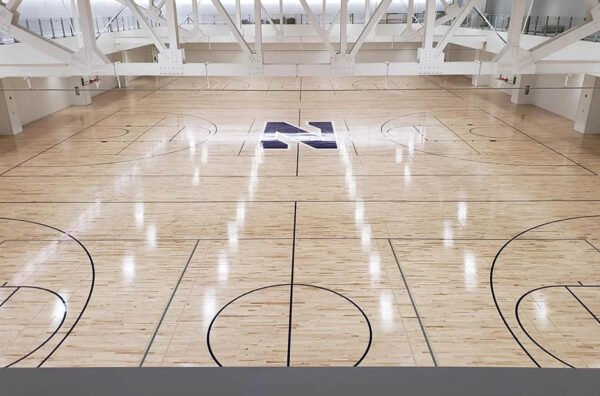While preserving safety, economy, and competitiveness in today’s market requires upgrading historic commercial buildings, it is also a hard task. Having expertise in renovating older buildings is crucial whether you own or manage a commercial property. This article offers a thorough overview of the benefits and difficulties associated with renovating outdated commercial buildings.
Table of Contents
1. Assessing Structural Integrity
It’s crucial to fully evaluate the building’s structural stability before starting any renovations. Employ a licensed structural engineer to carry out a thorough examination, looking at the general structural framework, load-bearing walls, and foundation. In addition to visual inspections, engineers may employ non-destructive testing methods to uncover concealed issues such as fractures or flaws. By doing a comprehensive assessment, you can be confident that any structural issues are located and fixed before moving forward with improvements, providing a strong basis for the remodeling process. In addition, recording the assessment’s results offers insightful information for planning and securing required permits, guaranteeing that the renovation project conforms with building norms and laws.
2. Upgrading Mechanical Systems
In older commercial buildings, outdated mechanical systems can significantly reduce energy efficiency and negatively impact tenant comfort. Improving the electrical, plumbing, and HVAC systems is essential to increasing productivity and reducing running expenses. Work together with mechanical and HVAC professionals to carry out a thorough evaluation of your building’s systems and pinpoint areas that require repair. The energy efficiency of modern HVAC systems results in significant energy savings and better indoor air quality. In a similar vein, working together with a commercial plumber can assist in evaluating and modernizing the plumbing system, taking care of problems like leaks, inefficiency, and old fixtures. You may maximize building performance, improve occupant comfort, and save money over time by making mechanical system upgrading investments.
3. Enhancing Accessibility and Compliance
It is critical to prioritize accessibility and regulatory compliance when modernizing business structures. Start by evaluating the building’s present accessibility facilities, such as elevators, ramps, exits, and entrances, to determine which ones need to be improved. A building’s prospective tenant base can be increased and accommodations for people with disabilities can only be provided if it complies with the Americans with Disabilities Act (ADA). Working with accessibility specialists can offer insightful advice on how to navigate complicated requirements and carry out the required upgrades. Commercial property owners can show their dedication to inclusivity and create settings that are friendly and accommodating to everyone by improving accessible features.
4. Retrofitting for Energy Efficiency
Retrofitting for energy efficiency is a crucial factor to take into account while modernizing older commercial buildings, especially in the environmentally concerned market of today. Energy-efficient windows, roofing, lighting, insulation, and operating systems can all be implemented to greatly lower energy use and operating expenses while also improving sustainability. Incorporating renewable energy sources like geothermal heating systems and solar panels can also improve energy efficiency and reduce environmental impact. Working together with sustainability specialists and energy consultants is essential to creating a thorough retrofitting plan that is suited to the objectives and demands of the commercial property. Property owners can show their commitment to long-term sustainability and environmental care while also saving a significant amount of energy through planned retrofitting programs.
5. Addressing Code Compliance and Safety
Code compliance and safety requirements are critical factors to take into account while renovating older commercial buildings. Ensuring that all renovations comply with local construction rules, fire safety requirements, and zoning regulations is crucial. Property owners who follow these guidelines protect their tenants and belongings while also reducing the legal and financial dangers that could arise from breaking the law. To negotiate the complex web of regulatory regulations and make sure that every part of the update project satisfies the relevant standards, collaboration with architects, engineers, and legal experts is essential. Commercial property owners can preserve the integrity of their facilities and give their inhabitants a safe environment while adhering to regulations by paying close attention to code compliance and safety measures.
Conclusion
Old commercial building upgrades are complex projects requiring a lot of preparation, knowledge, and money. If you adhere to our instructions and work with experts, you may effectively negotiate the challenges of updating aging structures. Every stage is necessary to modernize commercial assets and maximize their long-term worth, from evaluating structural integrity to improving energy efficiency and guaranteeing code compliance.





